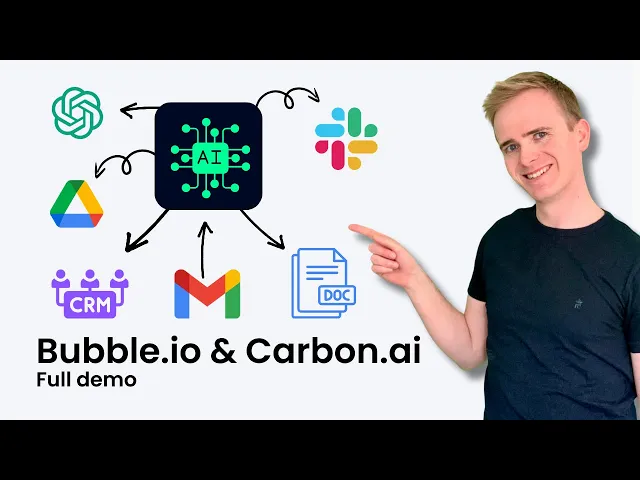
How to Make an AI No Code RAG App with Bubble.io
Bubble.io no code RAG app tutorial combines Carbon AI and Claude for powerful retrieval augmented generation. Learn how to save knowledge base data with Carbon AI's API and query it alongside Claude for dynamic, conversational responses - no coding required!
What You'll Learn
Build a complete RAG system in 30 minutes: Create an AI app that searches your knowledge base and provides contextual responses using Bubble.io, Carbon AI, and Claude
Master no-code AI integrations: Connect multiple AI services through Bubble's API connector to build sophisticated conversational applications without coding
Implement intelligent knowledge retrieval: Go beyond simple keyword search with semantic understanding that finds relevant information and presents it conversationally
Unlock 500+ tutorials
Join hundreds of builders who stopped wasting time debugging and started launching products.





















